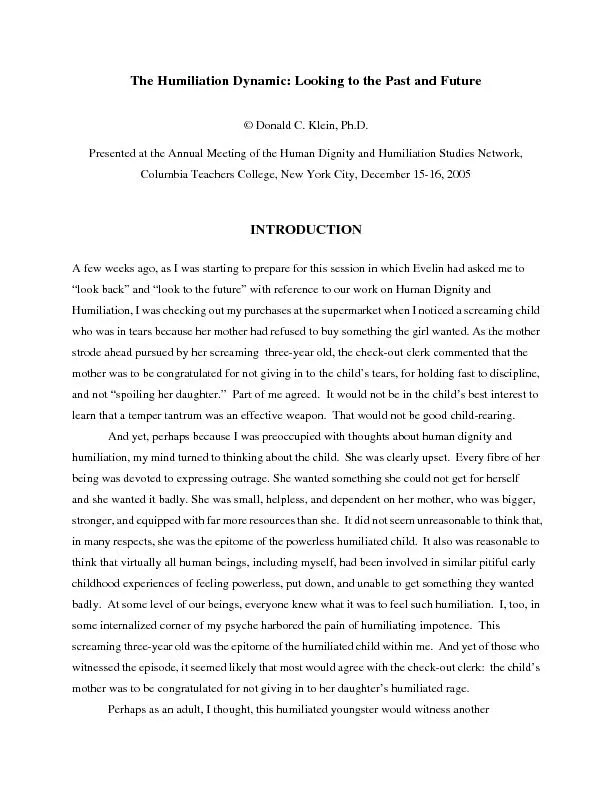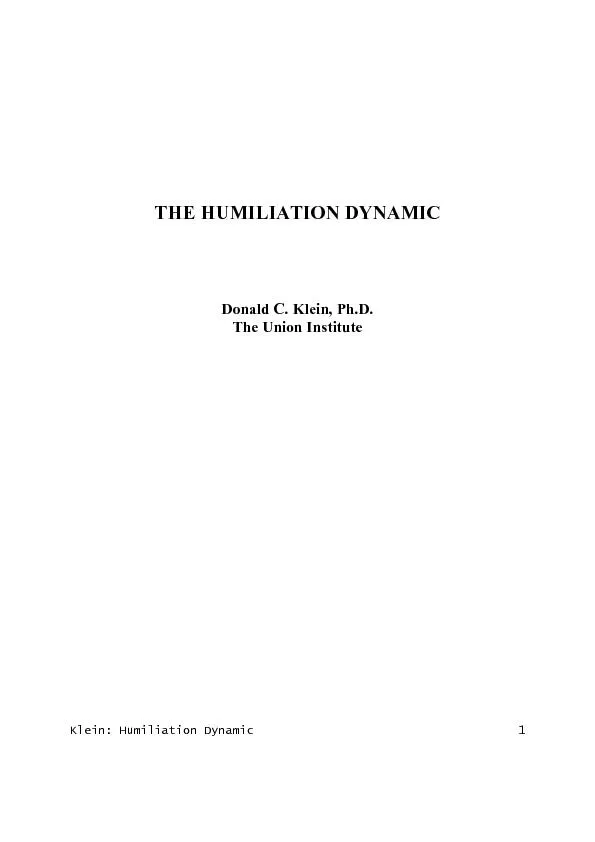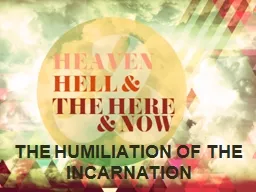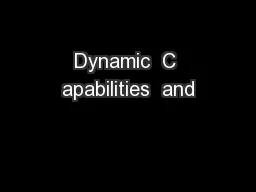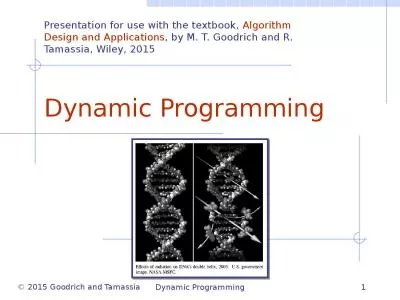PDF-The Humiliation Dynamic: Looking to the Past and FuturePresented at th
Author : test | Published Date : 2016-06-13
The Humiliation Dynamic Looking to the Past and Future 2 participating so effectively in the humiliation of yet another small person Clearly maintaining human dignity
Presentation Embed Code
Download Presentation
Download Presentation The PPT/PDF document "The Humiliation Dynamic: Looking to the ..." is the property of its rightful owner. Permission is granted to download and print the materials on this website for personal, non-commercial use only, and to display it on your personal computer provided you do not modify the materials and that you retain all copyright notices contained in the materials. By downloading content from our website, you accept the terms of this agreement.
The Humiliation Dynamic: Looking to the Past and FuturePresented at th: Transcript
Download Rules Of Document
"The Humiliation Dynamic: Looking to the Past and FuturePresented at th"The content belongs to its owner. You may download and print it for personal use, without modification, and keep all copyright notices. By downloading, you agree to these terms.
Related Documents

